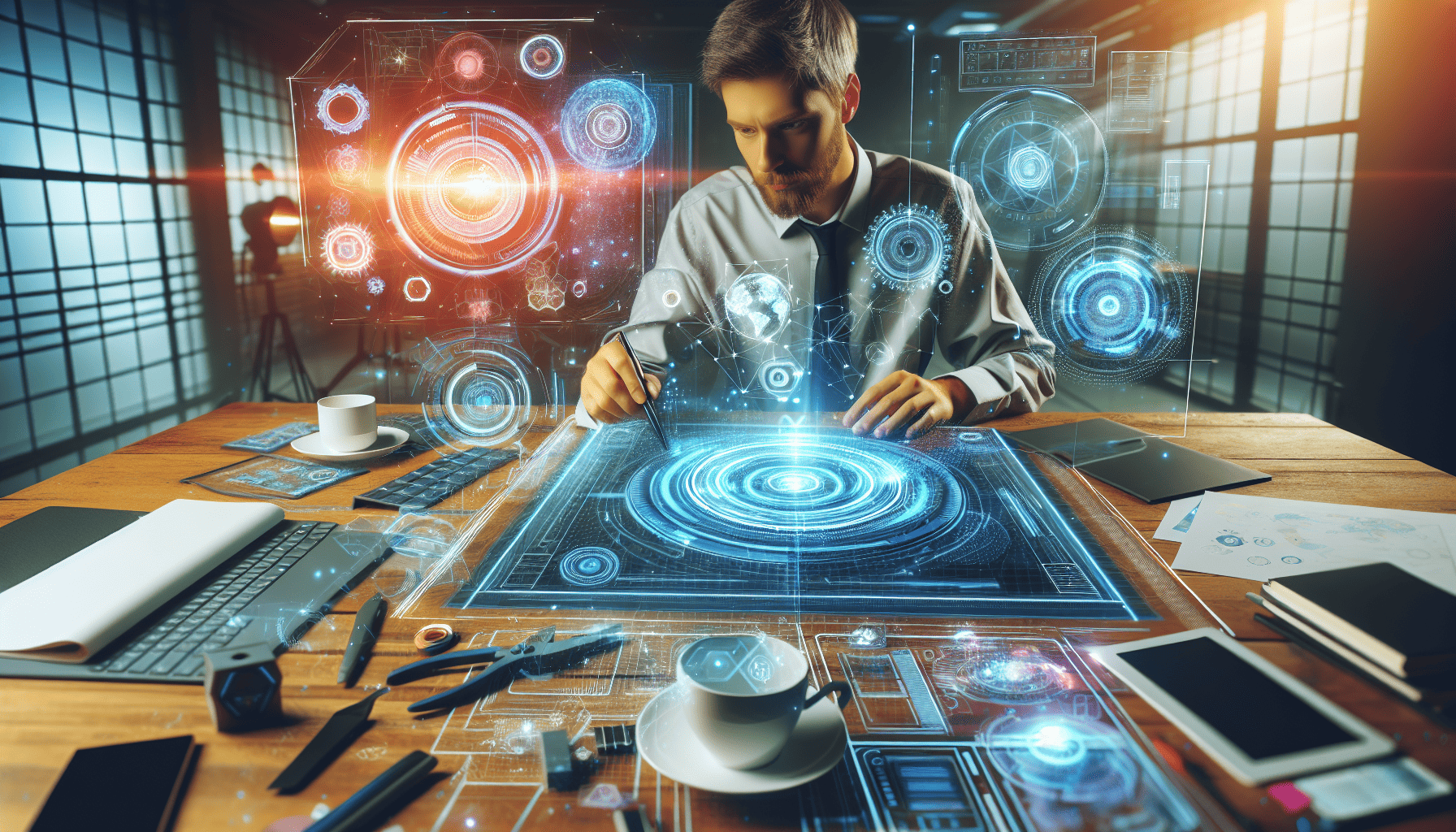The landscape of graphic design is undergoing a transformative evolution, driven by rapid advancements in technology. As we stand at the crossroads of traditional artistry and digital innovation, graphic designers are reimagining their processes and creative potential through the integration of artificial intelligence (AI) and virtual reality (VR). These technologies are paving the way for a future where design becomes more immersive, efficient, and accessible than ever before.
AI has quickly become a cornerstone in the foundation of modern graphic design. By automating repetitive tasks, AI allows designers to focus more on the creative aspects of their work. Algorithms are now capable of generating design elements, suggesting layouts, and even selecting color palettes based on data analysis and consumer preferences. This not only accelerates the design process but also opens the door to more personalized and targeted design solutions. Moreover, AI tools are making design accessible to those without formal training, democratizing creative expression and enabling diverse voices to contribute to the field.
In addition to AI, the rise of virtual reality is poised to redefine the user experience within graphic design. VR offers designers the ability to create immersive and interactive environments that engage users on an unprecedented level. Through VR, graphic design transcends the flat, static visuals of traditional media into dynamic 3D spaces that can be explored and manipulated in real-time. This shift not only enhances the consumer experience but also offers designers new avenues for creativity and storytelling. The potential for VR in creating virtual art galleries, interactive brand experiences, and innovative advertising campaigns is vast and exciting.
Furthermore, the fusion of AI and VR in graphic design heralds a new era of collaborative creativity. Designers from different parts of the world can now collaborate in real-time within a virtual space, sharing ideas and making instant adjustments to projects. This connectivity fosters a global creative community, where diverse perspectives and ideas can merge, leading to richer and more innovative outcomes.
However, the embrace of AI and VR in graphic design also raises important questions about the role of the human designer. As machines take on more creative tasks, there is a growing dialogue about the balance between automation and artistry. While AI can enhance efficiency and offer new possibilities, the human touch remains crucial in infusing designs with emotion, nuance, and cultural context. Designers are challenged to hone their unique skills and redefine their role in the digital era, focusing on strategic thinking, conceptualization, and the emotional impact of their work.
In conclusion, the future of graphic design is being shaped by the innovative integration of AI and VR technologies. These tools are not only expanding the boundaries of creativity but also redefining how designers work and interact with their audiences. As we move forward, the challenge will be to harness these technologies in ways that enhance, rather than overshadow, the artistic spirit and human connection at the heart of graphic design. The possibilities are endless, and the journey toward this future is as dynamic and exciting as the designs themselves.
